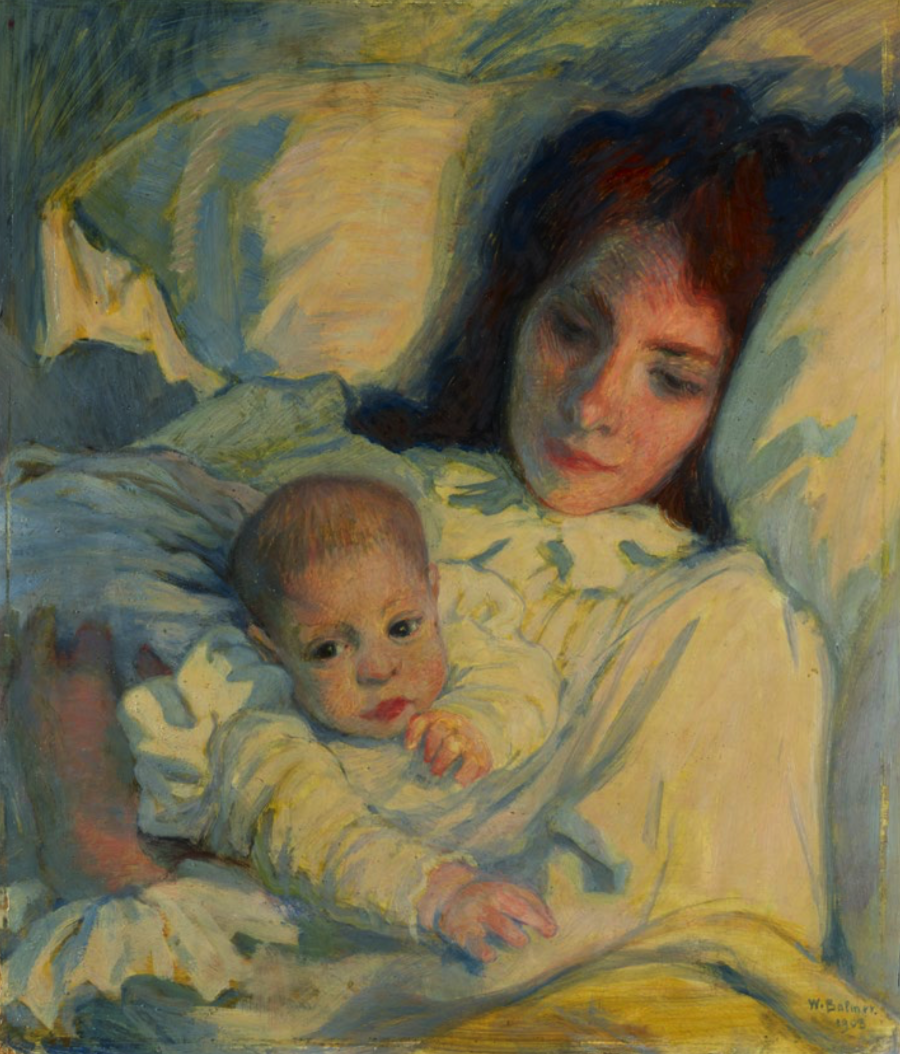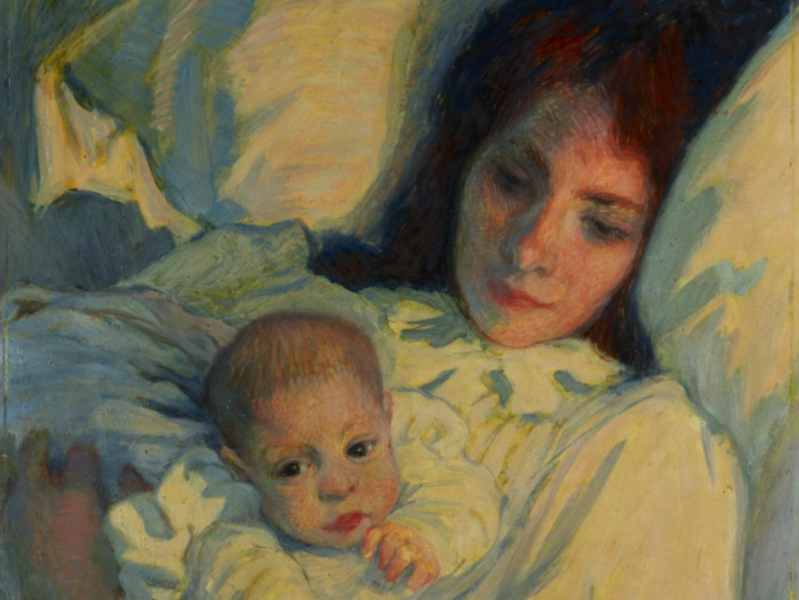Divided into four sections (maternity, the child in the family, the child in society, the suffering of the child), the exhibition shows the figure of the child in paintings and sculptures from the MAH collections which have only rarely been displayed before, if ever.
At the dawn of Western painting, image- ry of the child was limited to the divine child, allegorical or mythological figures and princely or aristocratic portraits where the child was commonly represented as an adult in miniature. However, economic changes, the emergence of the commercial bourgeoisie, and the religious upheavals linked to the Reformation and Counter-Reformation, brought about an evolution in the representation of the child. This turning point came during the 16th century in the Netherlands and Italy, the 17th century in Spain and England and the 18th century in France. The ‘nuclear’ family made its first appearance, focusing on the intimacy of the pa- rent-child relationship. Artists were thus asked to produce portraits, a symbol of the family’s affection.

From the Age of Enlightenment, the child started to be considered a being in their own right and thus became a subject for political, moral and social reflections.
The child’s needs, characteristics, edu- cation, health, and hygiene all became subject matter for philosophers, biologists and doctors. The first educational trea- tises were published, with Jean-Jacques Rousseau’s Emile providing an innovative vision of childhood. The topic reached its apex in the 19th century, both in literature, in the form of new, popular characters such as Oliver Twist, Heidi and Little Lord Fauntleroy, as well as in the visual arts.
This new exhibition showcases Swiss artists, including Albert Anker, Wilhelm Balmer, Daniel Ihly, Alfred van Muyden, Martha Stettler and Élisabeth de Stoutz, as well as sculptor Carl Angst.
Fall 2020 | AD MAJOREM DEI GLORIAM |





